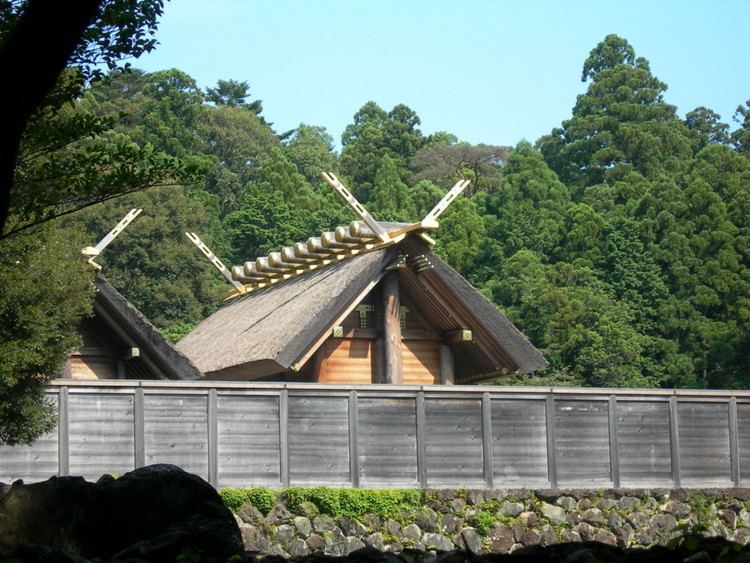645–650 Taika 686–686 Shuchō 704–708 Keiun | 650–654 Hakuchi 701–704 Taihō 708–715 Wadō | |
 | ||
Tenpyō-kanpō (天平感宝) was a Japanese era name (年号, nengō, "year name") after Tenpyō and before Tenpyō-shōhō. This period spanned mere months, April through July 749. The reigning emperor was Shōmu-tennō (聖武天皇).
Contents
Change of era
Events of the Tenpyō-kanpō era
References
Tenpyō-kanpō Wikipedia(Text) CC BY-SA
